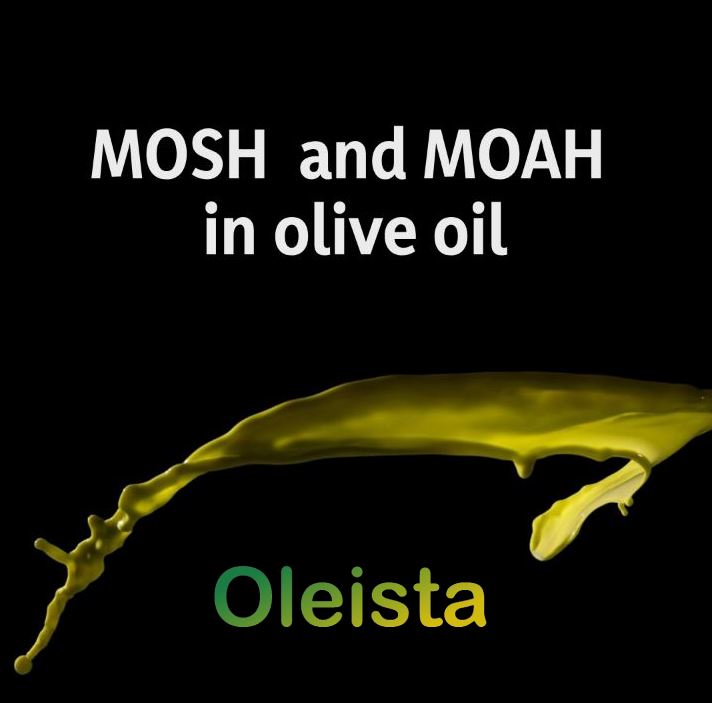
What are MOSH and MOAH in Olive Oil?
Olive oil can be subject to contamination by mineral hydrocarbons (MOSH and MOAH) from various sources, both natural and synthetic. While there's no definitive legislation, current guidelines recommend monitoring and limiting these compounds in food.
Definitions: MOSH & MOAH
There are a number of olive oil contaminants known as mineral oil hydrocarbons (MOH), which can stem from petroleum, coal, natural gas, or biomass. MOH is split into two main categories:
- MOSH (Mineral Oil Saturated Hydrocarbons), which are aliphatic saturated hydrocarbons.
- MOAH (Mineral Oil Aromatic Hydrocarbons), which contain aromatic hydrocarbons. The key difference is that MOSH includes linear or branched hydrocarbons without aromatic structures, while MOAH contains aromatic rings, which may be carcinogenic and mutagenic.
1.Toxicity and Risks
MOSH can accumulate in organs like the liver, spleen, and lymph nodes, and can form microgranulomas, whereas MOAH are more dangerous due to their carcinogenic potential. The European Food Safety Authority (EFSA) has warned that MOAH should not be present in food due to their health risks. Although mineral oils used in food typically contain less than 3% MOAH, high levels of MOSH also raise the risk of MOAH, so both groups should be limited.
2.Sources of Contamination
MOH can enter food in various ways: through recycled packaging materials (paper and cardboard), machinery lubricants, waxes applied to food, food additives, and environmental contamination (exhaust gases, tire debris, etc.). Machines used in oil production, such as pumps and dispensers, or lubricating oils in farm machinery are contamination sources. Mineral oils used in packaging manufacturing and additives for plastics or food coatings can also be contaminants.
Additionally, some hydrocarbons can be naturally produced by organisms like bacteria, fungi, and plants, and can even be found in small amounts in the olives themselves and olive tree leaves.
3.Methods of Analysis
Analyzing MOH is complex due to their heterogeneous composition. It's not possible to separate each individual compound, but the concentration of their saturated (MOSH) and aromatic (MOAH) fractions can be measured using methods like high-performance liquid chromatography (HPLC) or gas chromatography (GC). Natural n-alkane hydrocarbons produce defined peaks in the chromatograms, while mineral contaminants form a characteristic "hump." This allows for the identification of the contamination source based on the detected hydrocarbon profile.
4.Studies in Olive Oil
A study by the Instituto de la Grasa in Seville (2012) concluded that the presence of MOH is insignificant in virgin olive oils under normal conditions but can be more relevant in second centrifugation oils and pomace oils due to their greater exposure to contaminants. Contamination with exogenous hydrocarbons, such as lubricating oils, can also occur during processing in mills, although these lubricants are generally designed for food use.
5.Regulation
Currently, there is no specific legislation in the European Union setting limits for MOSH and MOAH in food. However, in 2017, the European Commission recommended that member states monitor the presence of MOH in food and food contact materials. Germany has proposed regulating these contaminants in recycled paper products in contact with food, limiting MOSH and MOAH levels to 24 mg/kg and 6 mg/kg respectively. This regulation also suggests implementing functional barriers to prevent the transfer of these compounds to food.